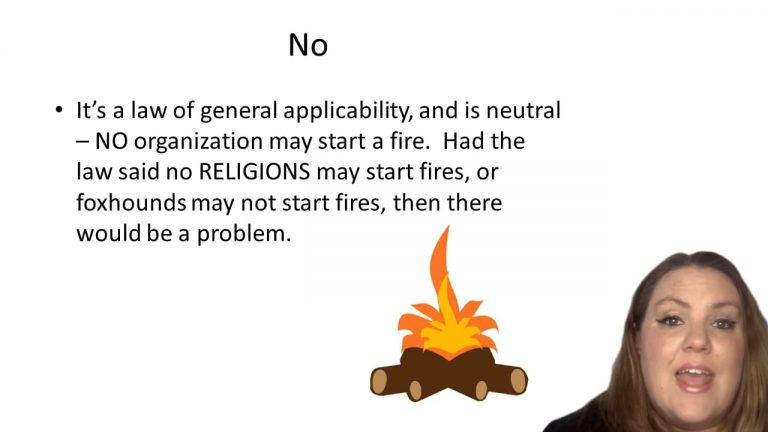SmartBrief
Confirm favorite deletion?
Constitutional Law Keyed to Chemerinsky
Town of Greece v. Galloway
Citation:
572 U.S. 565 (2014)Facts
Greece, a town located in upstate New York, began its monthly town board meetings with a moment of silence. The town supervisor decided to invite a local clergyman to deliver an invocation. The town followed an informal method of selecting prayer givers, all of whom were unpaid volunteers. The town would select each prayer giver from congregations listed in a local directory and it never denied an opportunity to a would-be prayer giver. Nearly all of the congregations in the town were Christian. Respondents, who attended town board meetings to speak about issues of local concerns, complained that Christian themes pervaded the prayers at the exclusion of citizens who did not share those beliefs.
Only StudyBuddy Pro offers the complete Case Brief Anatomy*
Access the most important case brief elements for optimal case understanding.
*Case Brief Anatomy includes: Brief Prologue, Complete Case Brief, Brief Epilogue
- The Brief Prologue provides necessary case brief introductory information and includes:
Topic:
Identifies the topic of law and where this case fits within your course outline.Parties:
Identifies the cast of characters involved in the case.Procedural Posture & History:
Shares the case history with how lower courts have ruled on the matter.Case Key Terms, Acts, Doctrines, etc.:
A case specific Legal Term Dictionary.Case Doctrines, Acts, Statutes, Amendments and Treatises:
Identifies and Defines Legal Authority used in this case.
- The Case Brief is the complete case summarized and authored in the traditional Law School I.R.A.C. format. The Pro case brief includes:
Brief Facts:
A Synopsis of the Facts of the case.Rule of Law:
Identifies the Legal Principle the Court used in deciding the case.Facts:
What are the factual circumstances that gave rise to the civil or criminal case? What is the relationship of the Parties that are involved in the case.Issue(s):
Lists the Questions of Law that are raised by the Facts of the case.Holding:
Shares the Court's answer to the legal questions raised in the issue.Concurring / Dissenting Opinions:
Includes valuable concurring or dissenting opinions and their key points.Reasoning and Analysis:
Identifies the chain of argument(s) which led the judges to rule as they did.
- The Brief Prologue closes the case brief with important forward-looking discussion and includes:
Policy:
Identifies the Policy if any that has been established by the case.Court Direction:
Shares where the Court went from here for this case.

 6m 19s
6m 19s